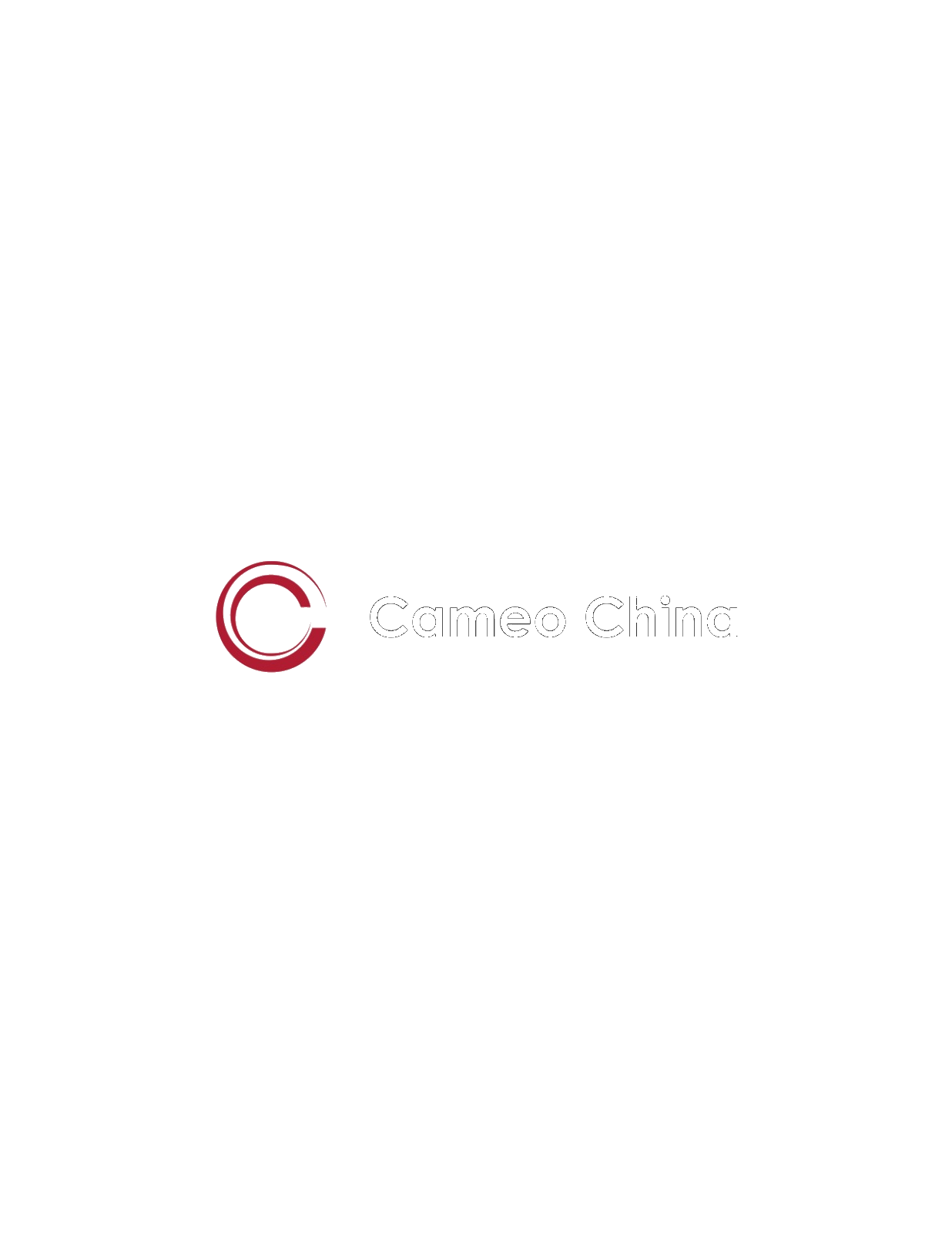Introduction: The People Puzzle in Today’s US Hospitality Market
The US hospitality industry is currently navigating a complex labor market. Persistent staff shortages, coupled with rising wage inflation, present significant operational hurdles for hotels and restaurants. In such an environment, simply filling positions is not enough. Smart staffing strategies—encompassing innovative recruitment, effective training, and robust retention efforts—are no longer just an HR function but a critical component of business resilience and profitability. Moreover, a well-trained and engaged team is your first line of defense in protecting valuable assets, from kitchen equipment to the very chinaware that graces your tables.
Step 1: Rethinking Recruitment & Attraction in a Competitive Landscape
Finding the right talent requires a multifaceted approach that goes beyond traditional methods.
- Expanding Your Talent Pool: Look for potential in unconventional places. Consider candidates with experience in other customer-facing industries who possess transferable skills. Partner with local community organizations, vocational schools, or programs that support re-entry into the workforce.
- Competitive Compensation (Within Reason): While wage pressures are real, ensure your compensation packages are competitive for your market. This doesn’t always mean being the highest payer, but it does mean offering fair wages and, where possible, benefits that matter to your target employees (e.g., health insurance, paid time off).
- Highlighting Non-Monetary Benefits: Often, what truly attracts and retains employees goes beyond the paycheck. Emphasize flexible scheduling options, a positive and supportive work culture, and clear pathways for growth and development within your organization. Acknowledging work-life balance can be a powerful differentiator.
- Leveraging Technology for Efficient Recruitment: Utilize online job boards, social media recruiting, and applicant tracking systems (ATS) to streamline your hiring process. Technology can help you reach a wider audience and manage applications more efficiently, saving time and resources.
Step 2: Effective Onboarding & Training – Investing in Efficiency and Asset Protection
Once you’ve attracted talent, a comprehensive onboarding and training program is crucial for setting them, and your business, up for success.
- Comprehensive Training for Quality and Efficiency: Your training should cover not only the specific tasks of the role but also your service standards, brand values, and operational procedures. Well-trained employees are more confident, efficient, and provide a better guest experience.
- The Critical Role of Asset Care Training (Including Chinaware): Breakage and damage to assets like chinaware can significantly impact your bottom line. Implement specific training modules on the proper handling, carrying, washing, and storage of these items. For example, demonstrating correct stacking techniques for different types of tableware, or the right way to load a commercial dishwasher to prevent chipping, can lead to substantial long-term savings. This attention to detail instills a sense of responsibility and care in your team.
- Cross-Training for Flexibility and Cost Control: Cross-training employees to handle multiple roles not only makes your team more versatile and resilient to unexpected absences but can also help manage labor costs. It provides employees with new skills and can reduce the need for highly specialized (and often more expensive) staff for every single function.
Step 3: Nurturing Your Team – Strategies for Employee Retention & Engagement
High employee turnover is costly, both financially and in terms of morale and service consistency. Investing in retention is a smart economic move.
- Cultivating a Supportive and Respectful Work Environment: A positive workplace culture where employees feel valued, respected, and heard is paramount. Open communication, fair treatment, and strong leadership are key ingredients.
- Providing Opportunities for Growth and Development: Employees are more likely to stay with an organization that invests in their future. Offer opportunities for skill development, further training, and clear pathways for career advancement.
- Recognizing and Rewarding Performance: Acknowledge and reward hard work, dedication, and exceptional service. This can be through formal programs (e.g., employee of the month, performance bonuses) or informal gestures of appreciation. Feeling recognized boosts morale and motivation.
- Understanding the True Cost of Turnover: Calculate the actual costs associated with employee turnover (recruitment, hiring, training new staff, lost productivity, potential impact on guest satisfaction). Comparing this to the investment required for retention initiatives often makes a compelling financial case for focusing on keeping your good employees.
Step 4: Optimizing Labor Costs Without Sacrificing Service Quality
While controlling labor costs is essential, it should not come at the expense of the guest experience.
- Smart Scheduling Based on Demand: Utilize historical data and future bookings to create staffing schedules that accurately reflect demand. Avoid overstaffing during slow periods and understaffing during peak times, which can lead to burnout and poor service.
- Implementing Technology for Routine Tasks: Explore technology solutions that can automate or streamline routine, non-guest-facing tasks. This can free up your staff to focus on higher-value activities and guest interaction.
Conclusion: Your Team, Your Greatest Asset
In the challenging US economic landscape, investing in your team is not an expense; it’s an investment in the resilience, profitability, and long-term success of your hospitality business. Smart staffing strategies, from recruitment to retention, coupled with thorough training that includes the proper care of valuable assets like your chinaware, will significantly impact your bottom line and help you thrive.
Call to Action: Take a critical look at your current staffing strategies. Where are the opportunities to improve recruitment, enhance training (especially around asset protection), and boost employee retention? Implementing even small, consistent changes can yield significant returns in today’s demanding market.


